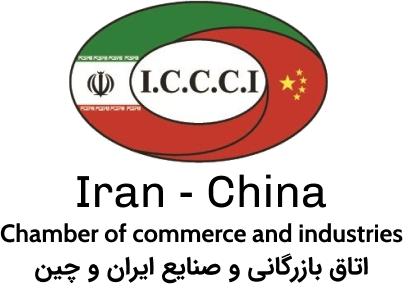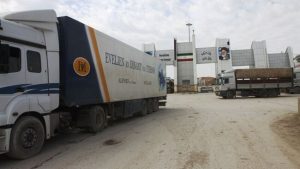As announced by the deputy industry, mining, and trade minister, 4,000 new industrial units have been put into operation in the country during the first seven months of the current Iranian calendar year (March 21-October 22).
Mehdi Sadeqi Niaraki, the deputy minister for the industrial affairs, also noted that the mentioned units have created jobs for over 90,000 people, indicating a 15-percent growth year on year.
“In spite of all the problems, the industrialists of our country were able to achieve a proper growth in the industrial sector by developing domestic production”, the official further underscored.
Referring to the increase in producer inflation, the deputy minister said: “In a situation where most sectors were struggling with recession, the production in 15 fields out of 25 selected industrial fields has been increasing.”
Back in mid-November, the head of Iran Small Industries and Industrial Parks Organization (ISIPO), had said that more than 887 units had been revived since the beginning of the current Iranian year.
“The new phase of the program for assessing the units in industrial parks was started two months ago and 60 major issues that the country’s industrial units are currently facing have been identified and reported to ISIPO”, Ali Rasoulian stated.
Back in September, the official had announced the allocation of 10,000 hectares of land for the development and construction of industrial parks across the country.
The index for development of Industrial parks in the country has increased by five percent, the official said in a ceremony for signing a memorandum of understanding (MOU) between ISIPO and the Industrial Engineering Basij Organization.
“To fulfill its two main tasks, which are to establish industrial parks and providing appropriate infrastructure and support for industrial and production units, ISIPO has developed various support programs and incentives to enable companies and production units to do business with ease and in proper conditions,” Rasoulian said.
As announced by the ISIPO head, in the last Iranian calendar year (ended on March 20), 1,557 stagnant and semi-active units returned to the production cycle in the industrial parks with a financing of 35 trillion rials (over $833 million), providing employment for 27,000 people.
With the aim of reactivating stagnant units or units that are operating below capacity, 900 consultants from the private sector and knowledge-based companies were selected in the form of industry clinics across the country to recognize the weaknesses of these units, Rasoulian has previously stated.
“Despite the two major challenges of sanctions and coronavirus pandemic, which imposed severe restrictions on the country, we tried to activate domestic capacities by turning to localizing the technology of manufacturing parts and equipment”, he added.
Sanctions have caused problems for financial exchanges and the export of goods to other countries, he said, adding, “The negative effects of coronavirus pandemic on various parts of the country, including industry, are not hidden from anyone, and the economic growth of some countries has reached below zero during this period.”
Iran is proud that despite these restrictions and pressure from these two important challenges, its industry has grown by more than seven percent, according to the statistics and reports from various sectors, the official further highlighted.
Also, as announced by Niaraki, over 6,500 new industrial units were established across the country during the past year which created jobs for over 121,000 people.
Touching upon the Industry Ministry’s plans for the realization of the motto of the current year which is named the year of “Production: support and the elimination of obstacles” by the Leader of the Islamic Revolution, the official has said: “In the year that has been dedicated to the production sector by the Leader of the revolution, the orientation of all government organizations and executive bodies should be towards supporting the country’s industrial and mining units.”
Niaraki pointed to a 40-percent increase in the issuance of establishment licenses for industrial units in the previous year, saying: “The number of establishment licenses increased to more than 36,000 last year, which shows that people are encouraged to invest in the productive sectors.”
He also mentioned an 85-percent rise in the allocation of land for establishing industrial units across the country and noted that over 4,500 hectares of land were handed over to applicants in the previous calendar year.





